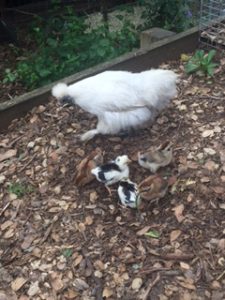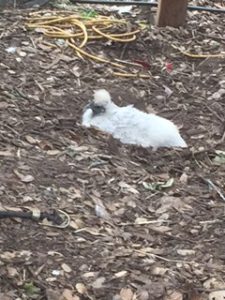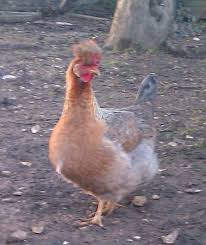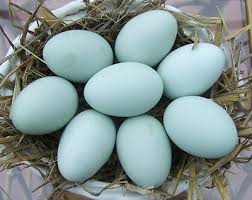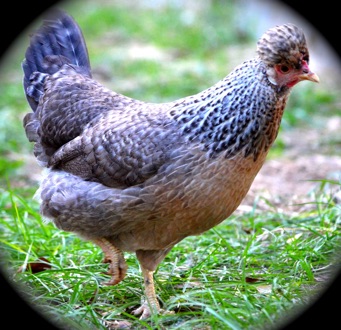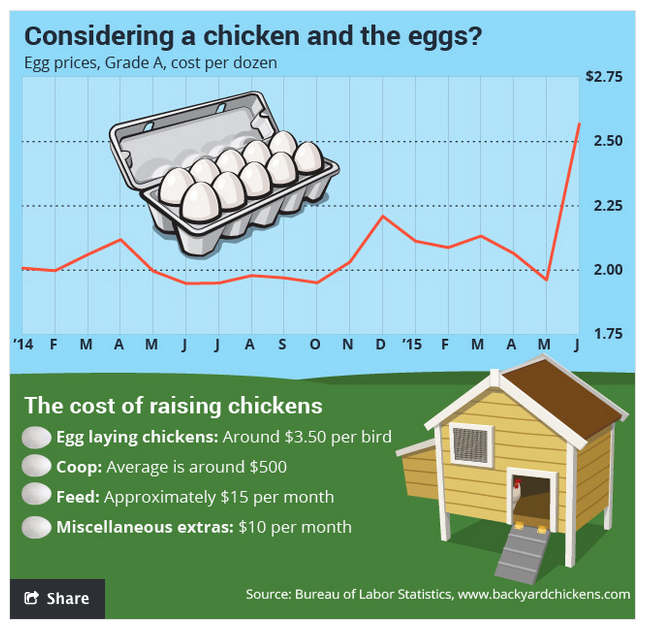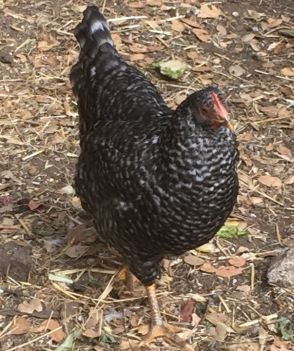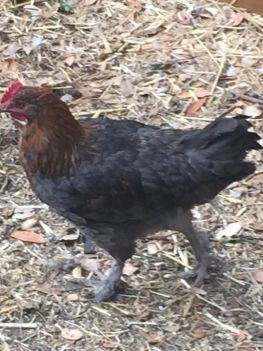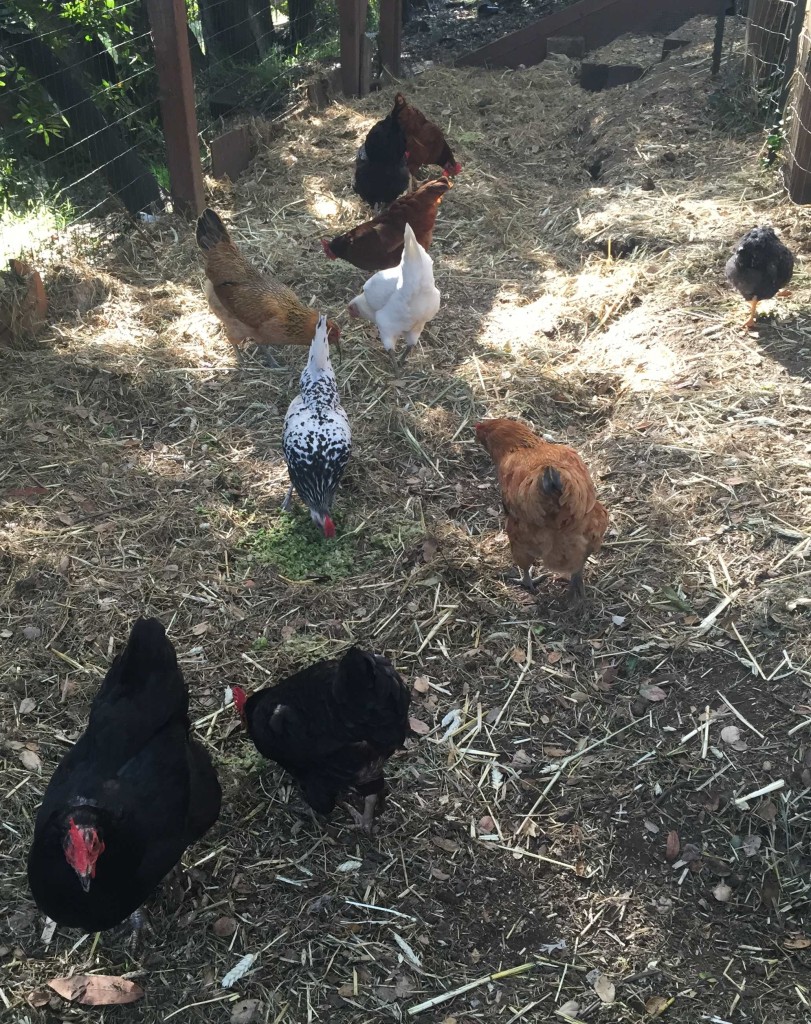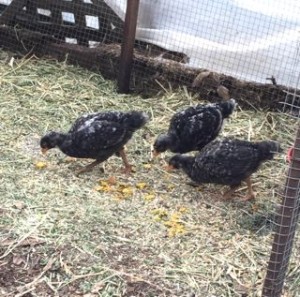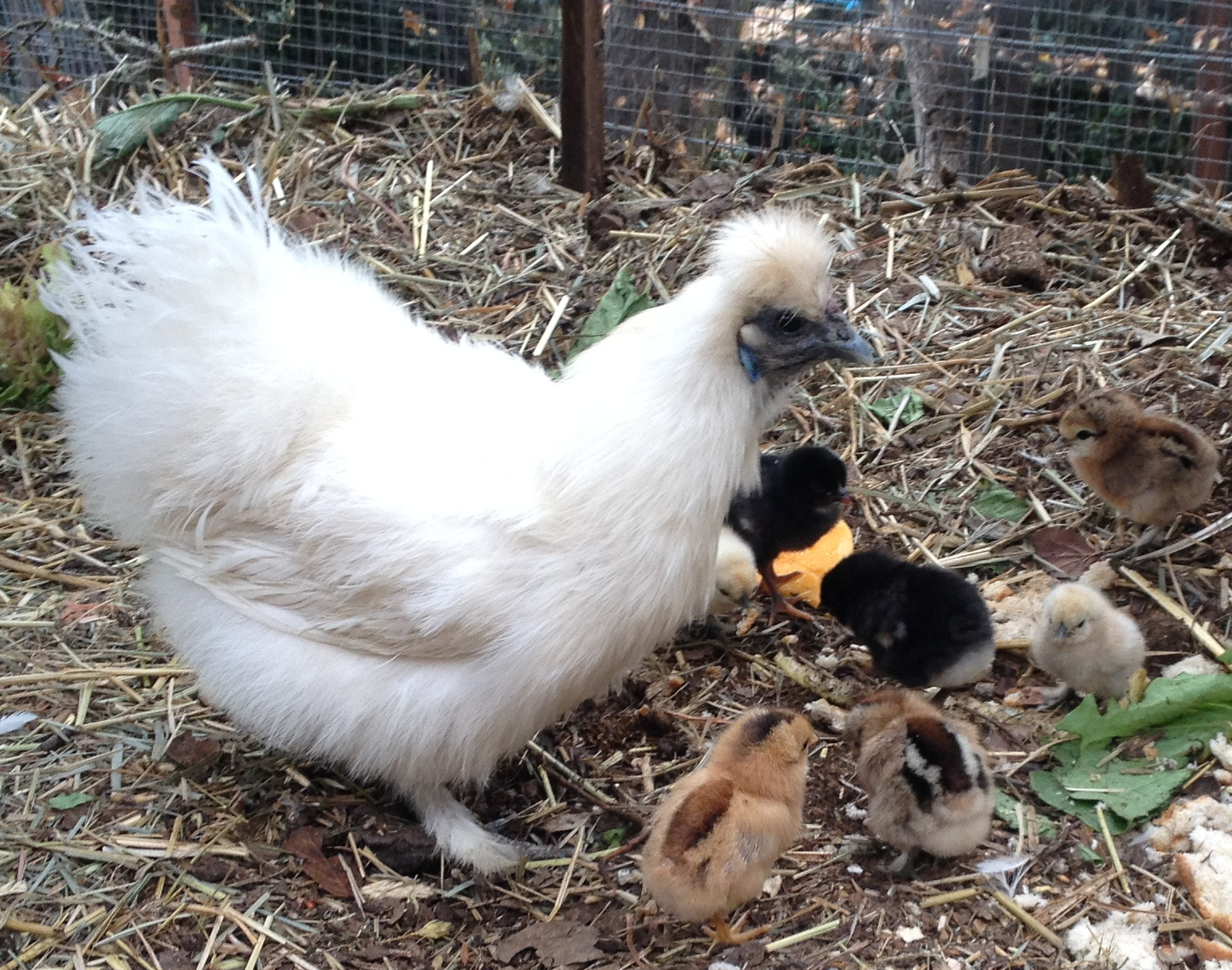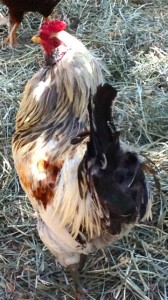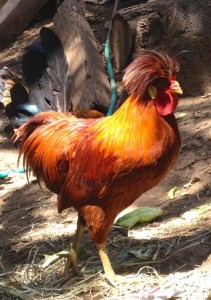As my chickens get beyond laying age, I’ve been giving them to my Ethiopian friend who is willing to slaughter them for fresh meat. But today I decided to try something different. I took my two oldest hens deep into industrial Oakland to the live poultry Halal butcher shop, where for $5 each, they quickly slaughtered, cleaned and plucked my hens, returning them head, feet and all in about 10 minutes.
 The shop itself (at least the part I saw), is a big garage with pens of chickens, geese, pigeons, quail and ducks waiting for their end. Fortunately, the fowl seemed unaware of their status, and ate their feed happily enough. The menu listed rabbit, pheasant,veal, lamb and goat, but I didn’t see any.
The shop itself (at least the part I saw), is a big garage with pens of chickens, geese, pigeons, quail and ducks waiting for their end. Fortunately, the fowl seemed unaware of their status, and ate their feed happily enough. The menu listed rabbit, pheasant,veal, lamb and goat, but I didn’t see any.
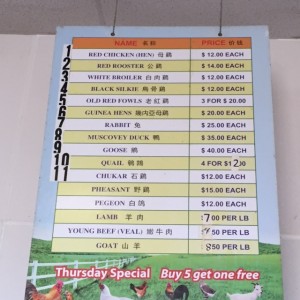

While I waited, a young man from a Chinese grocery store drove up to by some quail and chickens, and a curious pigeon dropped in to eat some scattered feed, but had the sense to fly off after his snack.
The pigeon reminded me of the title poem of my current poetry ms.
What Birds Know
Always our animal companions
exist at our pleasure—
the fattened hog
roasting on the spit,
the shorn sheep in the field.
Chickens thrive on grain
we spread for them.
The birds of the air
observe
and steer clear.
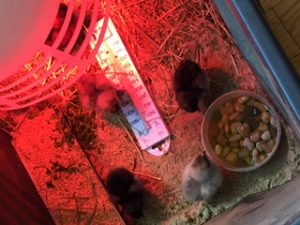 It’s like Christmas morning when new chicks arrive. I ordered a new breed, called Cukoo Bluebars, in February, and Tuesday morning, five baby chicks arrived, shipped USPS overnight from Ohio.
It’s like Christmas morning when new chicks arrive. I ordered a new breed, called Cukoo Bluebars, in February, and Tuesday morning, five baby chicks arrived, shipped USPS overnight from Ohio.